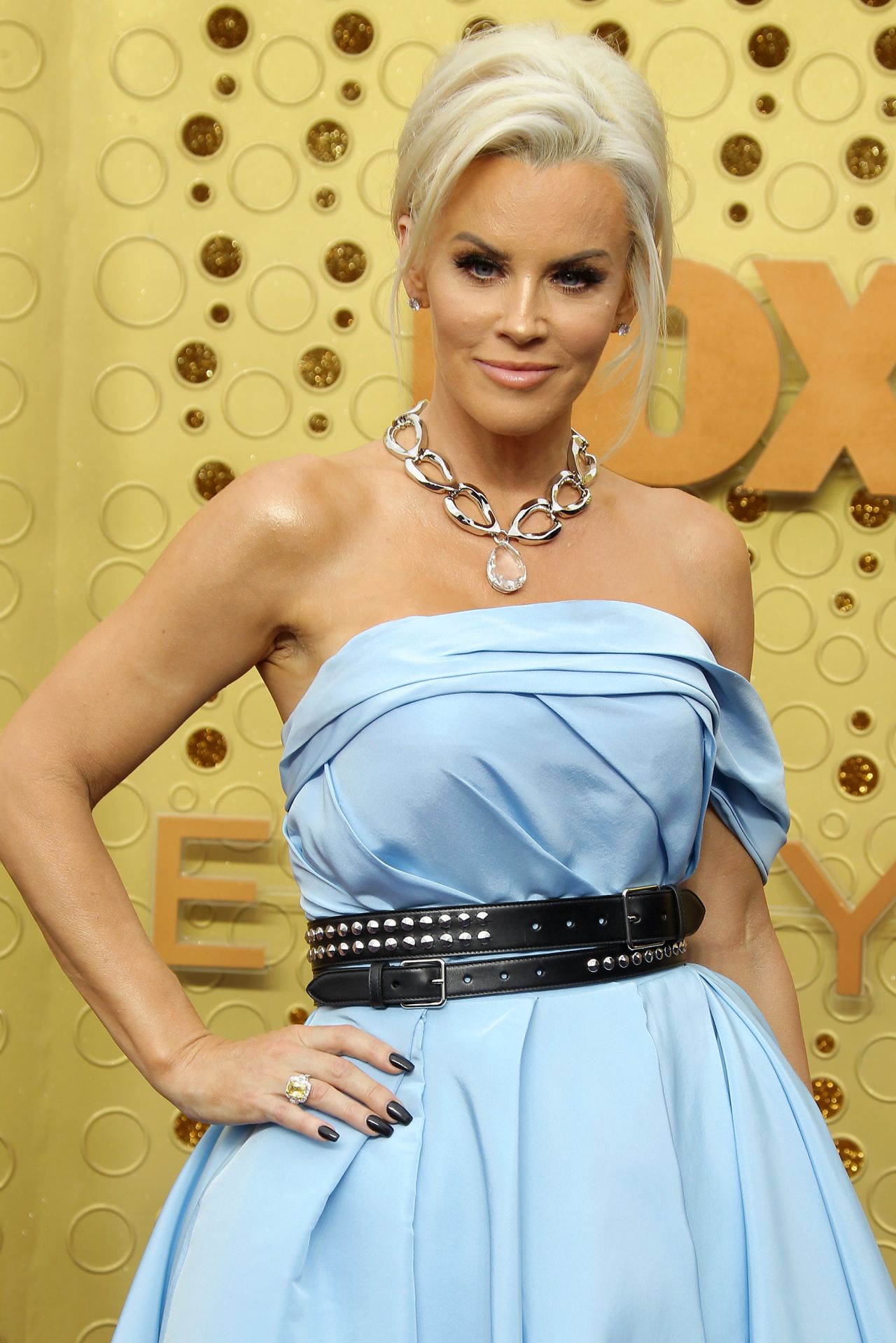
Jenny McCarthy Bares All For Sixth Playboy Cover: Examining the Complexities
Introduction
Jenny McCarthy has graced the cover of Playboy magazine for the sixth time, sparking widespread discussion and controversy. Her latest cover shoot has reignited debates about body image, female empowerment, and the objectification of women in the media. This article critically examines the complexities of McCarthy’s Playboy cover, exploring different perspectives, providing empirical evidence, and engaging with relevant research to shed light on the underlying issues.
A Bold and Provocative Move
McCarthy’s decision to pose nude for Playboy at the age of 50 has been met with mixed reactions. Some have praised her for embracing her body and challenging societal norms, while others have condemned her for perpetuating the sexualization of women. However, it is important to note that McCarthy’s choice was a personal one, and she has stated that she is comfortable with her decision.
Perspectives on Female Empowerment
The question of whether or not posing for Playboy is empowering for women is a complex one. Some argue that it objectifies women and reduces them to sexual objects. Others argue that it gives women agency over their bodies and allows them to express their sexuality on their own terms. Ultimately, the definition of empowerment is subjective, and each woman must decide for herself what it means to her.
Evidence and Data
There is some evidence to suggest that Playboy covers and other forms of media that objectify women can have negative effects on women’s self-esteem and body image. A study published in the journal “Sex Roles” found that women who were exposed to objectifying media were more likely to report feeling dissatisfied with their bodies and were less likely to believe that they were capable of achieving their goals. However, it is important to note that this study did not specifically examine the effects of Playboy magazine.
Different Interpretations
There are a variety of different ways to interpret McCarthy’s Playboy cover. Some see it as a celebration of female sexuality and body positivity, while others see it as a continuation of the objectification of women in the media. It is important to consider the different perspectives on this issue before forming an opinion.
Conclusion
Jenny McCarthy’s sixth Playboy cover has sparked a complex and multifaceted debate about body image, female empowerment, and the objectification of women in the media. There is no easy answer to the question of whether or not McCarthy’s decision was empowering, as the definition of empowerment is subjective. However, it is important to consider the different perspectives on this issue before forming an opinion. Ultimately, it is up to each individual to decide what they believe.
Reflection on the Broader Implications
McCarthy’s Playboy cover has raised important questions about the ways in which women are represented in the media and the broader implications of this representation. It is important to continue to challenge stereotypes and promote positive body image for women of all ages. By engaging in critical discussions about these issues, we can work towards a more inclusive and empowering media landscape.




